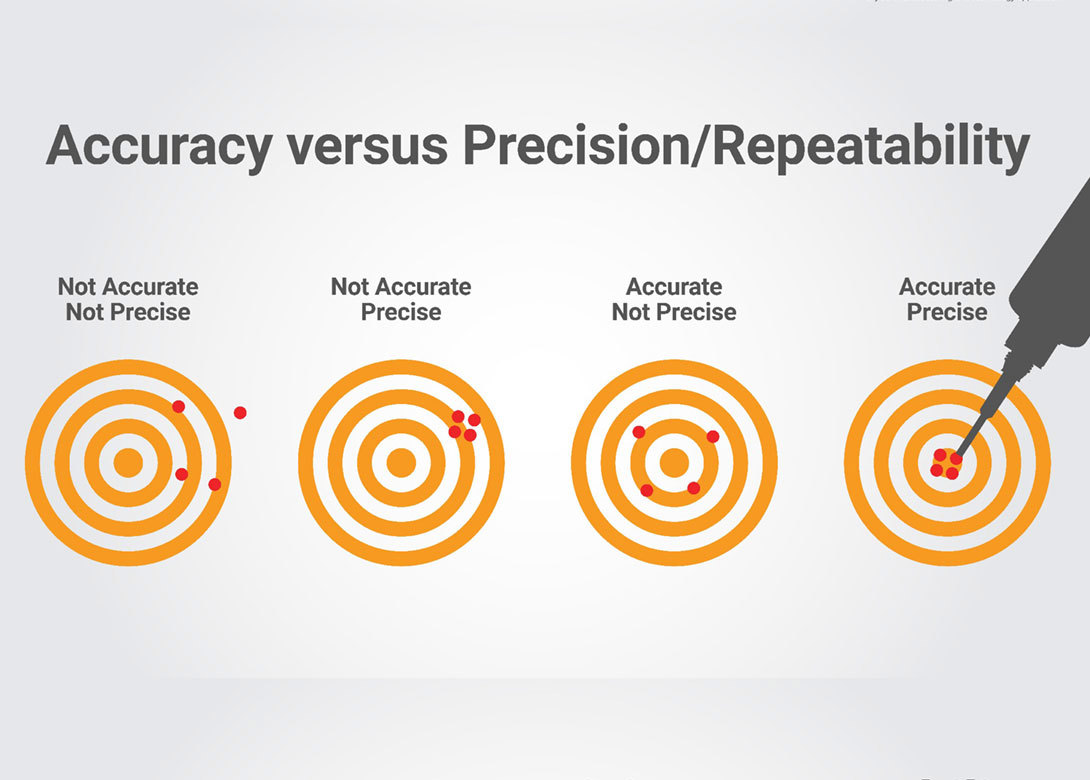
Everything know about Flow Meter Accuracy and Repeatability
When you want to choose a flow meter, you should look into the meter’s designs and needs. The most vital factors to check are accuracy and repeatability. Different flow meter types have varied descriptions. In this write-up, you will learn all the basics in flow meters.
Table of Contents
What is Flow Meter Accuracy?
Accuracy means that the scaling is equal to or close to the real value. Small margins mean high accuracy. When we use this word to refer to flow meters, the meter is scaled very close to the calibration. The accepted variance is less than ±1%. When you are fixing the meter error, ensure you get the lowest possible error.
Modern flow meters are made with high precision. The error gap is closing. It may not be possible to close the gap entirely. But, the growth has led to more accurate scaling. It is boosting the working ability of the flow meters.
What is Flow Meter Repeatability?

Every flow meter should give the same readings under the same setup. Thus, a flow meter should have similar data over time for the same fluid under the same conditions. The data accuracy hangs on repeatability. It is mainly shown in ±1% variance. If a meter cannot give the same readings under a similar flow setup, it is not correct.
It is not an irony to get high repeatability without accuracy and not vise versa. Thus, you should ensure you get correct data before you depend on the repeated flow of data.
Is Accuracy Always Important?
Well, accuracy is vital, but not crucial in all uses. If your low meter is only to gauge the flow of fluids in the channel, you do not need high accuracy. You can take years to measure your flow meter. But, if you are in the medical niche, you will need high precision. Errors can lead to the wrong dosage. It may lead to dire effects and sometimes the death of patients.
What is the Importance of Repeatability?
As we have seen, accuracy is a vital aspect of a flow meter. However, when you are buying one, you should check the repeatability. This ensures that you get consistent data over time. This factor shows that you can rely on that data at any time. When you notice a change in this factor, it is time for calibration; it helps us see a difference in the meter reliability.
The most significant use of this factor is to reduce losses to investors. For example, if the flow in a channel is 100 cubic meters, the meter should read a range of 95 to 105 for high accuracy. But there are cases the meter will record 86, 101, 88, 115, in four minutes. If the pattern goes on for 3 days, it will result in considerable losses to the investor. Thus, consistent reading is vital at all times.
Misconceptions and Truths
Many people think that when a flow meter gives the right reading, the entire flow system will be correct. There is no truth in that. You can install the best flow meter, but the flow system will fail without a proper setting. Thus, do not waste your money on quacks trying to save a few cents.
If you need to get the flow system’s accuracy, you will use the root mean square (RMS) equation. Also, all the parts in the flow meter add to the accuracy of the system. It would help if you kept in mind that every aspect has an accuracy range. The other factors that affect each part’s accuracy include the density of a fluid, pressure, heat, and flow loop.
One truth that no one should ignore is that no two flow meters will record the same accuracy. This is the reason you will find accuracy has a ± sign. Thus, to ensure that the entire flow system is effective, consider all the factors involved.
Conclusion
Every flow meter types has a range of repeatability and accuracy. Select the best that suits your needs. Also, budget ahead since accurate meters are costly. Assess all the factors that affect the accuracy of the whole flow system. To avoid any errors, get an expert to fix the meter and the flow system.
October 26, 2020


















